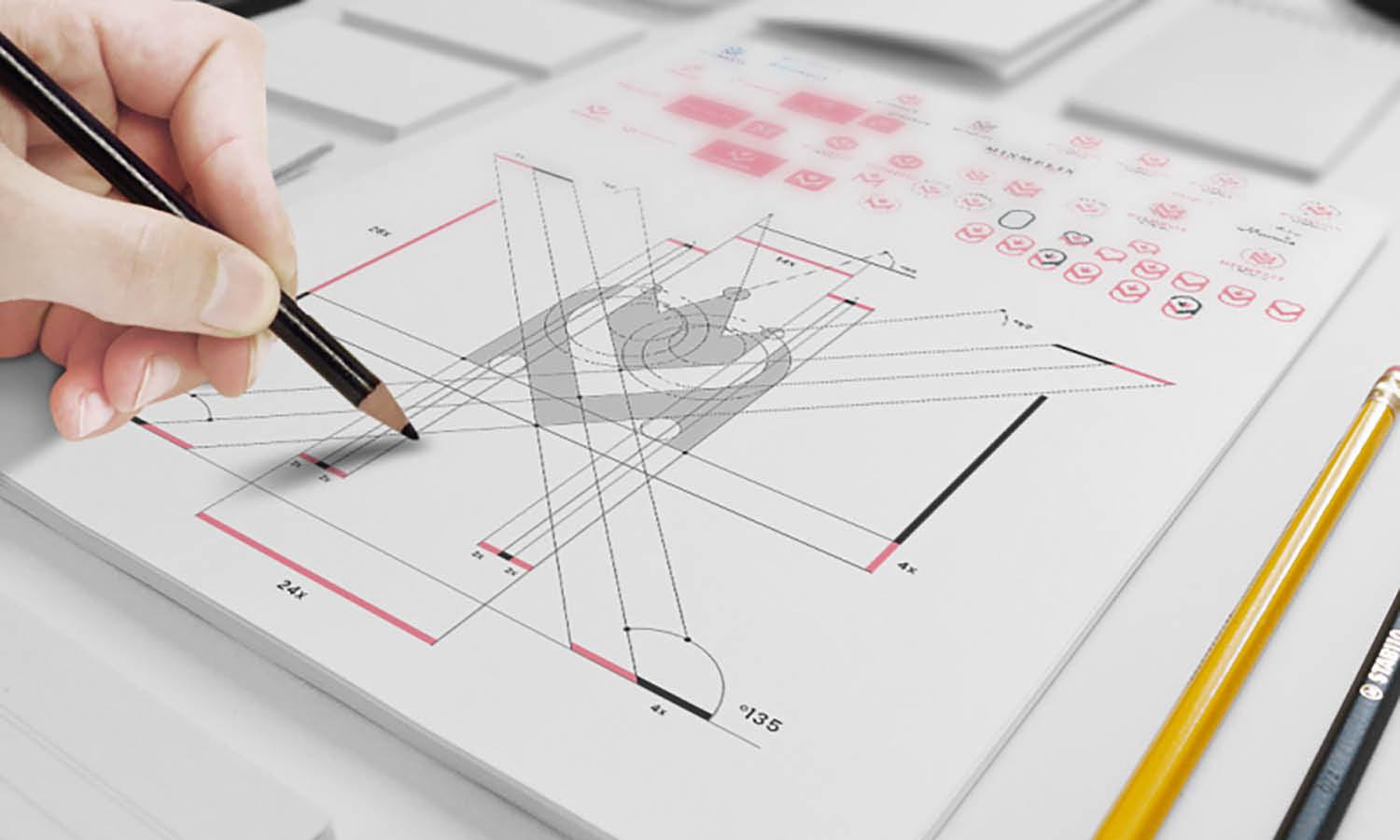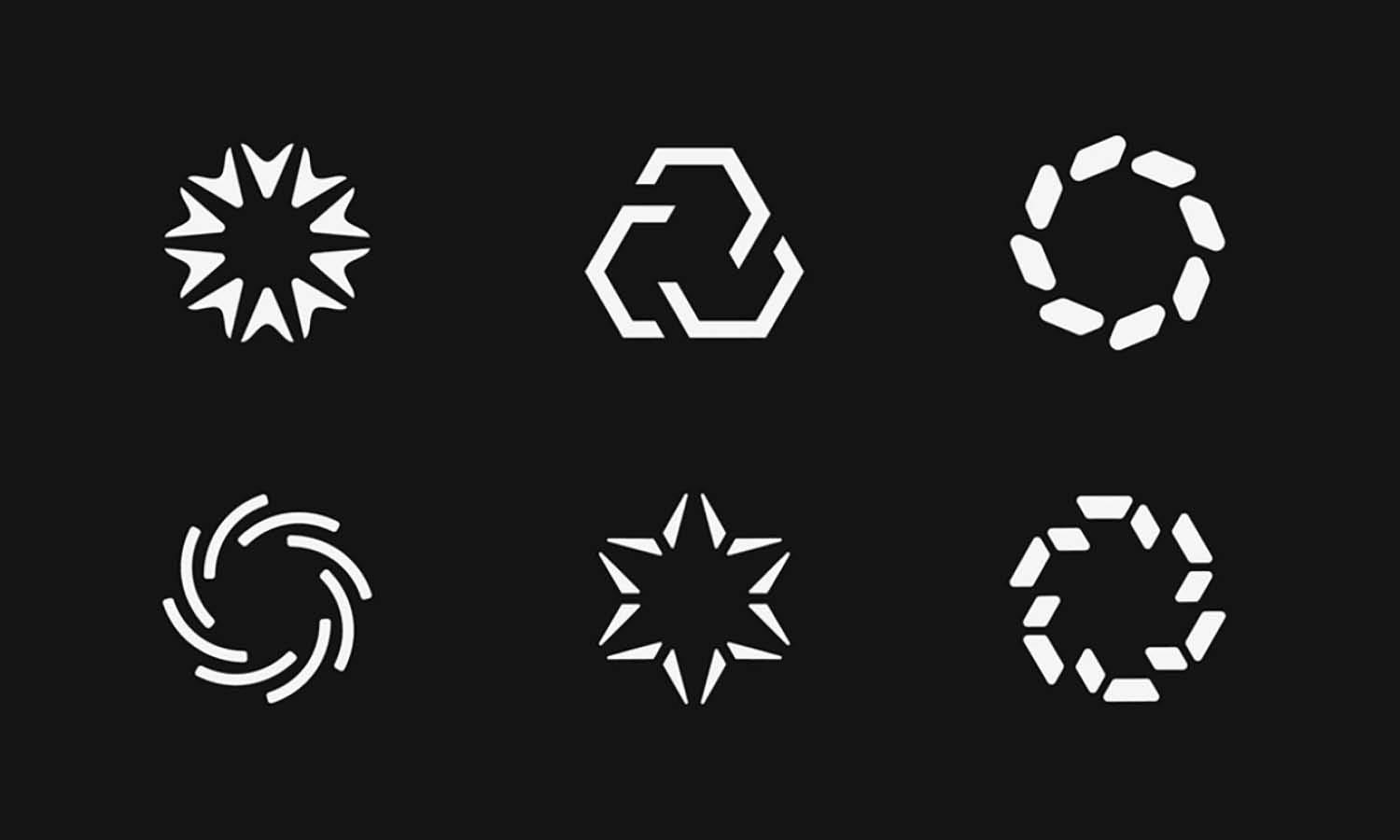Top 10 Sustainable Environmental Design Strategies

Source: Stefan Becker, Small M. Bungalow in the Forest, Behance, https://www.behance.net/gallery/128638501/Small-M-Bungalow-in-the-Forest
In today’s rapidly changing world, the role of architecture and design extends far beyond aesthetics. As climate change, resource scarcity, and urbanization continue to shape our environment, the demand for sustainable environmental practices in design has become more urgent than ever. Professionals across disciplines are rethinking how spaces are created, maintained, and experienced to minimize environmental impact while enhancing human well-being.
Sustainable environmental design focuses on strategies that reduce energy consumption, conserve natural resources, and promote healthier living conditions. These practices are not just about reducing harm—they’re about building smarter, more resilient systems that work in harmony with nature. From using passive heating and cooling methods to incorporating renewable energy sources and prioritizing water conservation, sustainable design strategies address the full lifecycle of a building or product.
Whether designing a residential building, a commercial space, or an entire community, sustainable environmental thinking encourages long-term solutions rather than short-term fixes. The integration of nature-based systems, efficient materials, and intelligent planning leads to spaces that support both ecological balance and functional performance.This article explores ten of the most impactful sustainable environmental design strategies, offering practical insights into how they can be applied to create spaces that are both innovative and responsible.
Prioritize Passive Solar Design
Passive solar design is a foundational strategy in sustainable environmental architecture. It relies on the natural movement of the sun to heat, cool, and light a building without mechanical assistance. When implemented correctly, this approach reduces energy demand and enhances indoor comfort year-round.
The key elements of passive solar design include proper building orientation, strategically placed windows, and the use of thermal mass materials. South-facing windows in the northern hemisphere are ideal for maximizing solar gain in colder months, while roof overhangs or shading devices help block excess heat in summer. Glazing choices also play a crucial role—double or triple-pane windows can increase thermal efficiency without compromising natural light.
Thermal mass materials like concrete, brick, or stone absorb and store heat during the day and release it slowly at night. This stabilizes indoor temperatures, reducing the need for artificial heating and cooling. Designers can also use sunspaces, Trombe walls, or light shelves to harness solar energy more effectively.
By prioritizing passive solar strategies, buildings become more climate-responsive and energy-efficient. This not only supports sustainable environmental goals but also results in long-term operational cost savings. Passive solar design is both a practical and elegant solution to climate-conscious architecture.
Maximize Natural Ventilation
Maximizing natural ventilation is an essential component of sustainable environmental design. It enhances air quality, reduces energy use, and supports thermal comfort by utilizing airflow instead of mechanical systems. Natural ventilation strategies are especially beneficial in temperate and tropical climates, where outdoor conditions can assist in cooling indoor spaces.
Effective natural ventilation begins with strategic building orientation and layout. Cross-ventilation is achieved when windows or vents are placed on opposite walls, allowing fresh air to enter from one side and exit through the other. This continuous airflow helps remove heat, humidity, and indoor pollutants. Ventilation stacks, clerestory windows, and operable skylights can also improve vertical airflow by encouraging hot air to rise and escape from higher points.
Designers must also consider prevailing wind directions, local microclimates, and building obstructions. Outdoor landscaping, such as trees or hedges, can help guide airflow or reduce unwanted wind pressure. Additionally, window size, height, and placement are all critical factors in maintaining a balanced air exchange throughout the structure.
Using natural ventilation reduces reliance on air conditioning, lowers energy consumption, and contributes to occupant health and well-being. It’s a low-tech, high-impact strategy that aligns with sustainable environmental principles. When planned thoughtfully, ventilation becomes an integrated part of the building's overall performance.
Use Energy-Efficient Lighting
Energy-efficient lighting is an essential element of sustainable environmental design, significantly reducing energy use and greenhouse gas emissions. Replacing traditional incandescent bulbs with LED (light-emitting diode) or CFL (compact fluorescent lamp) lighting can reduce electricity consumption by up to 75%. LED lights, known for their long lifespan and low power usage, emit less heat, making them a safer and more sustainable option for both residential and commercial spaces.
The strategic placement of energy-efficient lighting further enhances its effectiveness. Utilizing natural light sources by positioning windows, skylights, and reflective surfaces minimizes the need for artificial lighting during daylight hours. In addition, motion sensors and dimmers can control lighting based on occupancy, reducing unnecessary energy use in unoccupied rooms.
Selecting appropriate color temperatures for LED or CFL lighting can also positively impact indoor environments, creating a comfortable ambiance while maintaining functionality. Warmer tones are ideal for residential settings, while cooler, daylight-simulating tones are suited for workspaces, enhancing productivity and comfort.

Source: SPECTRUM VIS, CONCORD, Behance, https://www.behance.net/gallery/131422541/CONCORD
Adopt Green Roof Technology
Green roof technology is a vital strategy within sustainable environmental design, promoting energy efficiency and ecological health in urban settings. A green roof, covered with vegetation and soil layers, provides natural insulation, helping regulate indoor temperatures and reducing heating and cooling demands. This added insulation not only improves energy efficiency but also extends the roof’s lifespan by protecting it from UV rays and extreme weather conditions.
Green roofs support biodiversity by creating habitats for various plants, insects, and birds, enhancing urban ecosystems. They also play a key role in stormwater management, as the vegetation absorbs rainwater, reducing runoff and alleviating pressure on urban drainage systems. This process minimizes flooding risks, especially in densely populated areas with limited green spaces.
Moreover, green roofs improve air quality by filtering pollutants and carbon dioxide, which supports healthier urban environments. These roofs also contribute to noise reduction, providing a quieter indoor environment. By creating green spaces on rooftops, buildings become more sustainable, enhancing the aesthetics and ecological value of urban areas.
Incorporate Recycled and Renewable Materials
Incorporating recycled and renewable materials is a fundamental practice in sustainable environmental design, helping reduce waste and lower resource consumption. Recycled materials, such as reclaimed wood, recycled metal, and reused concrete, provide a second life for construction resources, diverting waste from landfills and reducing the demand for virgin materials. This approach minimizes the environmental footprint of construction and supports a circular economy.
Renewable materials, like bamboo, cork, and hemp, offer additional sustainable options due to their rapid regrowth rates. Bamboo, for example, is known for its durability and can be harvested sustainably in just a few years, unlike traditional hardwoods that take decades to mature. Cork, sourced from the bark of cork oak trees, regenerates naturally, making it an ideal material for flooring and insulation.
Using recycled and renewable materials contributes to improved indoor air quality by often avoiding harmful chemicals found in traditional building supplies. Choosing low-emission and non-toxic materials reduces health risks associated with volatile organic compounds (VOCs), supporting a healthier indoor environment.
Enhance Indoor Air Quality
Enhancing indoor air quality is a crucial element in sustainable environmental design, focusing on creating healthy, pollutant-free spaces that support well-being. Poor indoor air quality, often caused by pollutants from building materials, cleaning agents, and furnishings, can negatively affect occupants’ health and comfort. Sustainable design mitigates these issues by using low-VOC (volatile organic compound) materials, such as paints, adhesives, and finishes, which release fewer harmful chemicals into the air.
Natural ventilation is a key strategy for improving air quality. Well-placed windows, vents, and operable skylights facilitate air circulation, allowing fresh air to replace stale indoor air. Cross-ventilation techniques are especially effective, creating a constant flow that reduces pollutants and odors. For spaces where natural ventilation isn’t feasible, energy-efficient mechanical systems, like HEPA filters and air purifiers, can effectively capture airborne contaminants.
Incorporating indoor plants is another beneficial approach. Plants like peace lilies, snake plants, and spider plants naturally filter toxins and improve oxygen levels, adding both aesthetic and health benefits to interior spaces. Proper humidity control, achieved through dehumidifiers or moisture-absorbing materials, also prevents mold growth, further improving air quality.
Implement Water Conservation Systems
Implementing water conservation systems is a vital component of sustainable environmental design, aimed at reducing water consumption and promoting efficient resource use. Water-efficient fixtures, such as low-flow faucets, showerheads, and dual-flush toilets, help conserve water by using significantly less than traditional fixtures without compromising functionality. These upgrades are simple yet effective steps toward water conservation in both residential and commercial spaces.
Rainwater harvesting systems offer a sustainable solution by collecting and storing rainwater for later use in irrigation, flushing, and even cleaning. This reduces the demand for potable water and supports an eco-friendly approach to landscaping. Similarly, greywater recycling systems allow buildings to repurpose water from sinks, showers, and laundry for non-potable applications, minimizing freshwater consumption.
Drought-resistant landscaping, using native plants and drip irrigation systems, also aligns with sustainable environmental design by lowering the water needed for outdoor spaces. These plants are adapted to local climates and typically require less maintenance, which reduces both water use and maintenance costs.
Together, these water conservation systems contribute to a responsible approach to water management. Incorporating them into building design supports sustainability goals, reduces utility expenses, and alleviates pressure on local water resources.

Source: Arata Takemoto, FOREST GATEAWAY CHUO - Signange, Behance, https://www.behance.net/gallery/117585395/FOREST-GATEWAY-CHUO-Signage
Incorporate Smart Building Technologies
Integrating smart building technologies is a transformative approach within sustainable environmental design, enhancing efficiency and reducing energy consumption through intelligent systems. Smart technologies, such as automated lighting, heating, and cooling, adjust in real-time to occupancy levels, ensuring that resources are used only when necessary. For instance, motion sensors and smart thermostats can detect activity within a space and adjust the temperature or lighting accordingly, resulting in significant energy savings.
Energy management systems (EMS) are central to this technology, monitoring and optimizing energy use throughout the building. By collecting data on energy consumption patterns, an EMS can identify areas for improvement, enabling building operators to make informed decisions that further reduce the environmental impact.
Smart water systems also play a role by monitoring water use, detecting leaks, and minimizing waste through efficient water management. Together, these technologies contribute to sustainable environmental design by creating responsive, adaptable spaces that meet occupants' needs while minimizing energy and resource usage.
Use Low-Impact Building Materials
Using low-impact building materials is a key principle in sustainable environmental design, focusing on materials that require fewer resources to produce and cause minimal harm to the environment. Low-impact materials, like earth-based bricks, sustainably sourced wood, and recycled metals, reduce the ecological footprint of construction by minimizing resource depletion and energy use. Choosing materials with low embodied energy — the total energy required for production, transportation, and installation — supports a building’s sustainability from the ground up.
Natural materials like adobe, rammed earth, and bamboo are exemplary low-impact choices. Adobe and rammed earth provide excellent thermal mass, maintaining comfortable indoor temperatures by absorbing and gradually releasing heat. Bamboo, known for its rapid growth and renewability, is a sustainable alternative to traditional hardwoods, suitable for flooring, paneling, and structural elements.
Additionally, low-impact building materials are often free from harmful chemicals, supporting better indoor air quality and reducing health risks for occupants. By selecting materials that are locally sourced or require minimal processing, designers can further reduce transportation emissions, aligning with sustainable environmental design goals.
Design for Adaptability and Longevity
Designing for adaptability and longevity is a foundational strategy in sustainable environmental design, aiming to create buildings that can withstand time and adapt to evolving needs. This approach minimizes the need for constant renovations and resource-intensive modifications, ultimately reducing material waste and environmental impact. Buildings designed for longevity often incorporate durable materials and robust construction methods, ensuring structural resilience against wear, climate change, and other stressors.
Adaptability, on the other hand, allows spaces to evolve based on changing functions or occupant needs. Flexible floor plans, modular walls, and movable partitions make it easier to reconfigure interiors without significant demolition or material waste. By designing adaptable and long-lasting spaces, sustainable environmental design supports both ecological and economic efficiency. This approach not only reduces future renovation costs but also contributes to a building’s sustainability by extending its usable life and minimizing its environmental footprint.
Conclusion
Sustainable environmental design is no longer a niche approach—it’s a necessity for responsible and future-forward architecture. By implementing thoughtful strategies such as passive solar design, natural ventilation, and the use of renewable materials, designers can significantly reduce environmental impact while enhancing user experience. Each design choice, from orientation to insulation, contributes to a larger system that supports ecological balance and resource conservation. As professionals, it’s our responsibility to integrate these sustainable environmental principles into every project, ensuring that the spaces we create today will remain efficient, resilient, and harmonious with nature for years to come.
Let Us Know What You Think!
Every information you read here are written and curated by Kreafolk's team, carefully pieced together with our creative community in mind. Did you enjoy our contents? Leave a comment below and share your thoughts. Cheers to more creative articles and inspirations!
















Leave a Comment